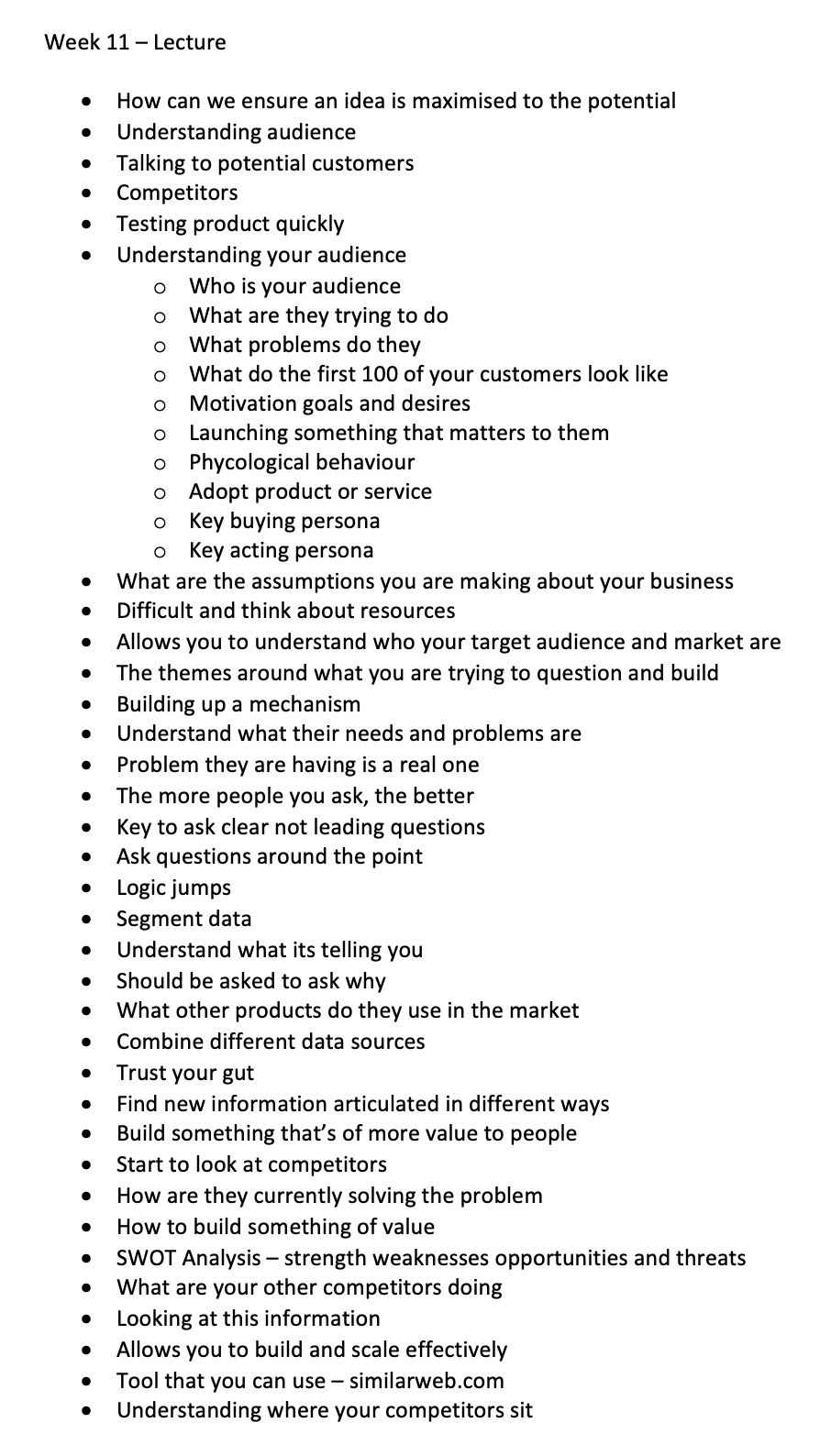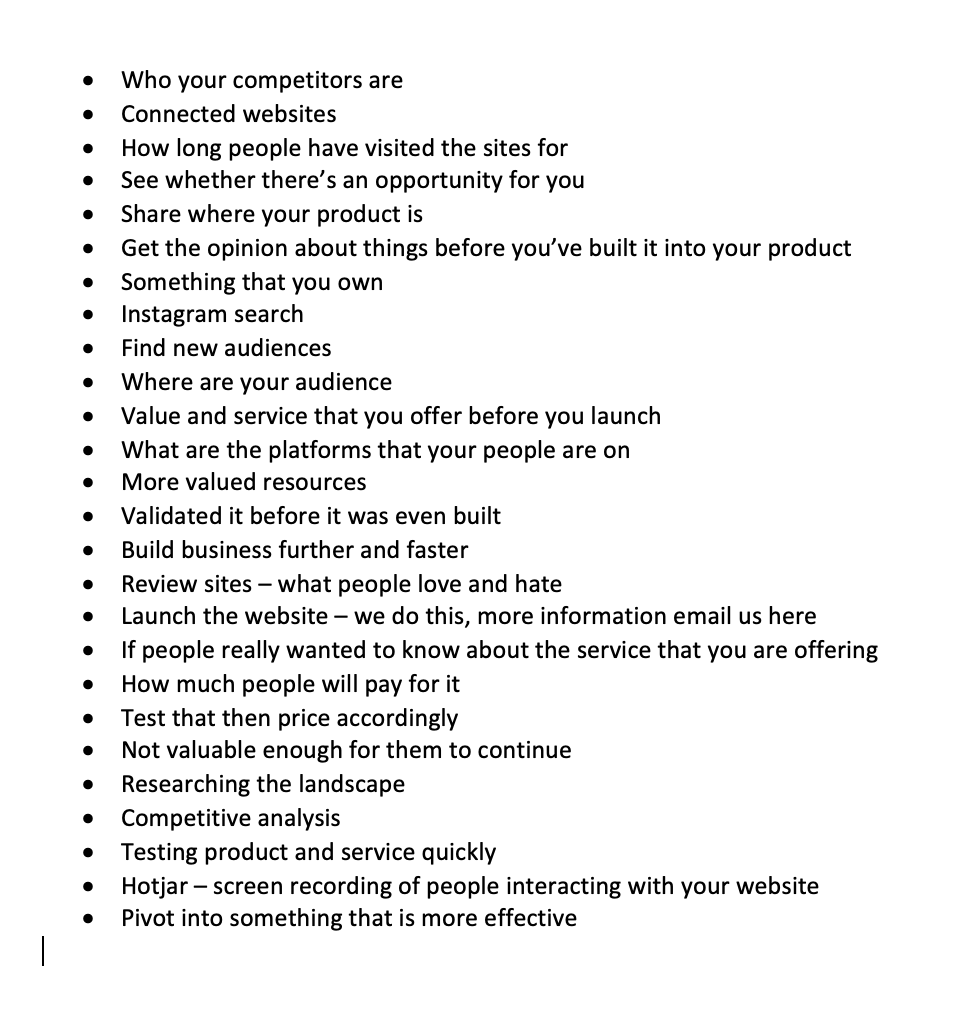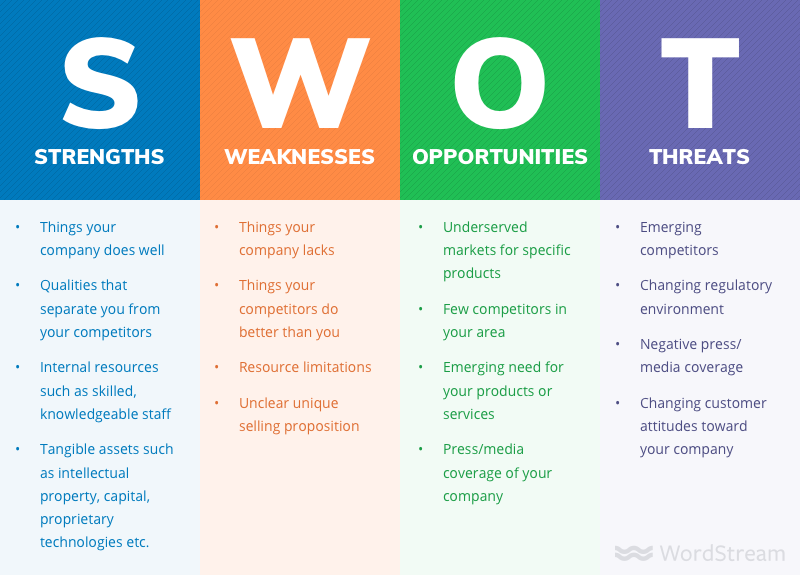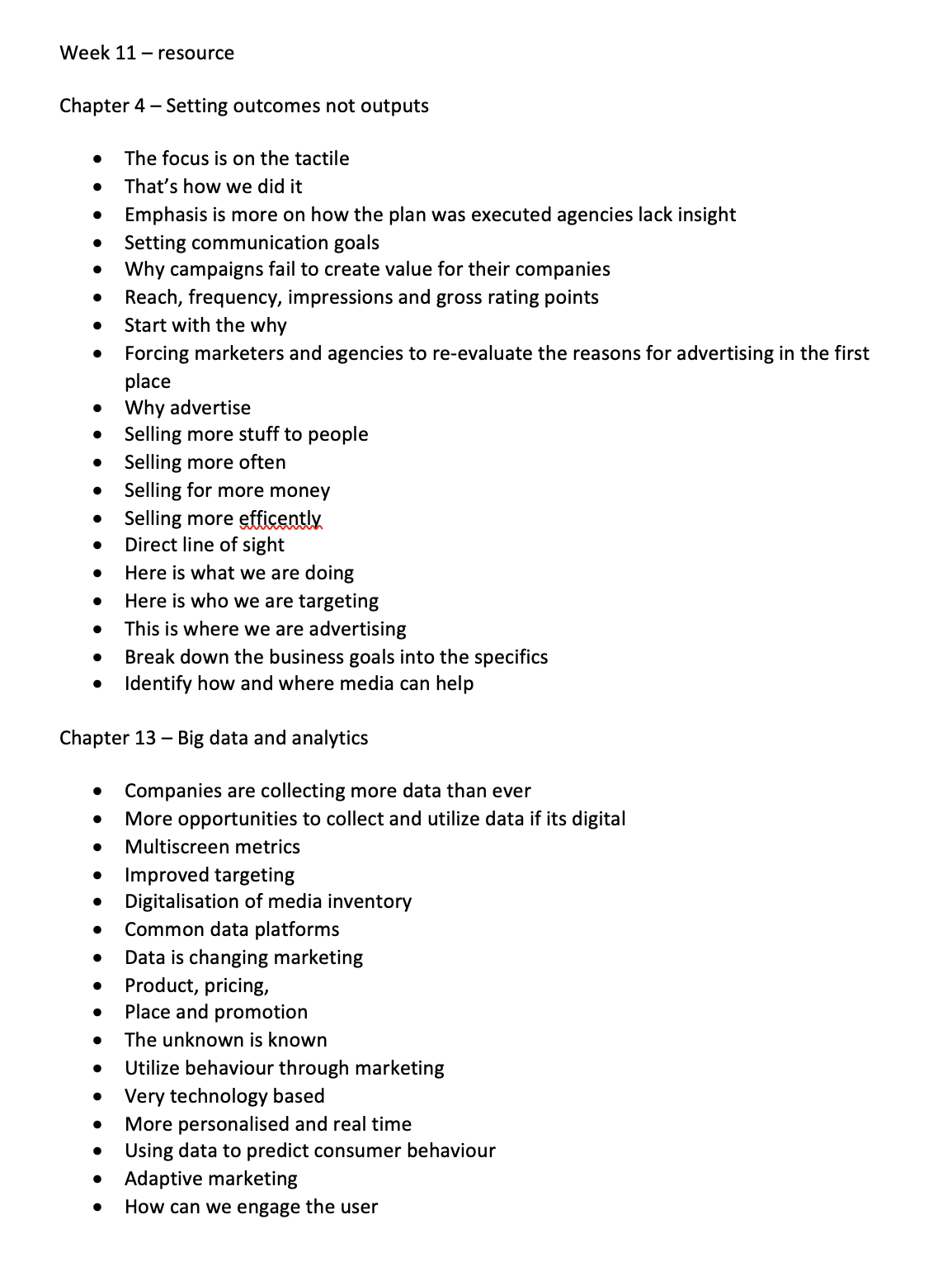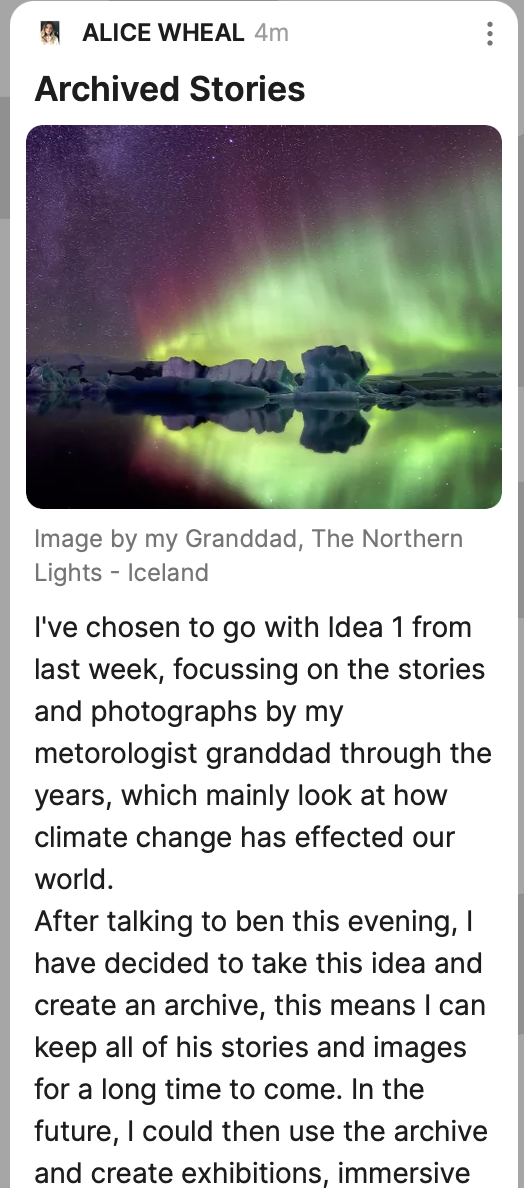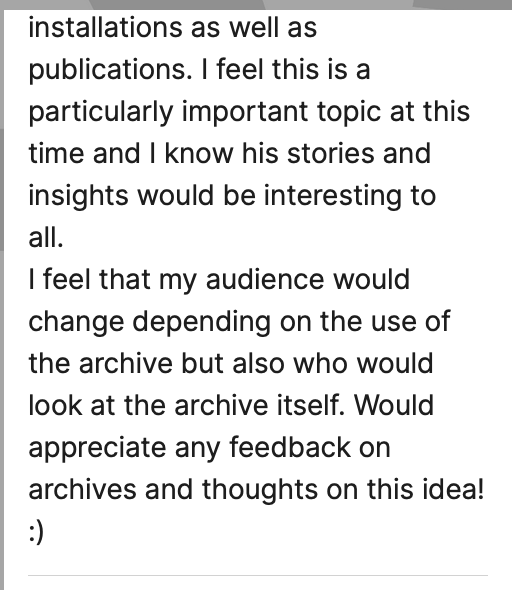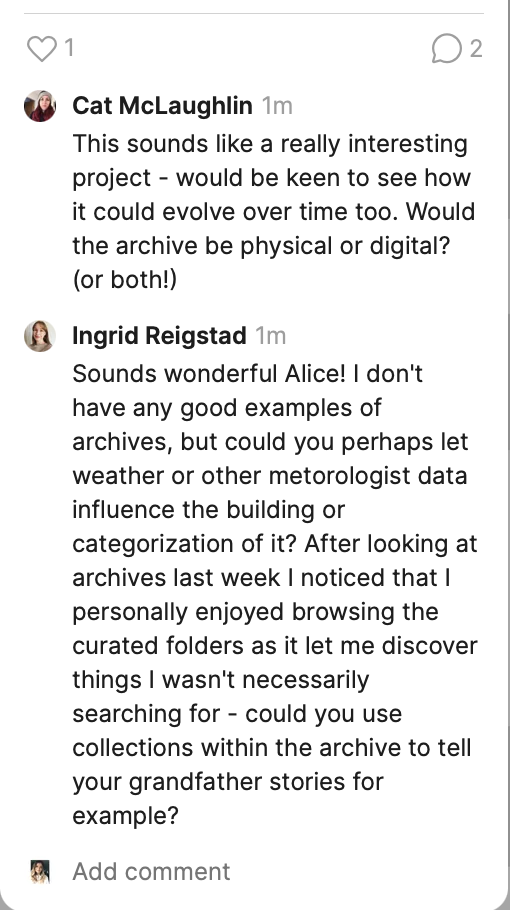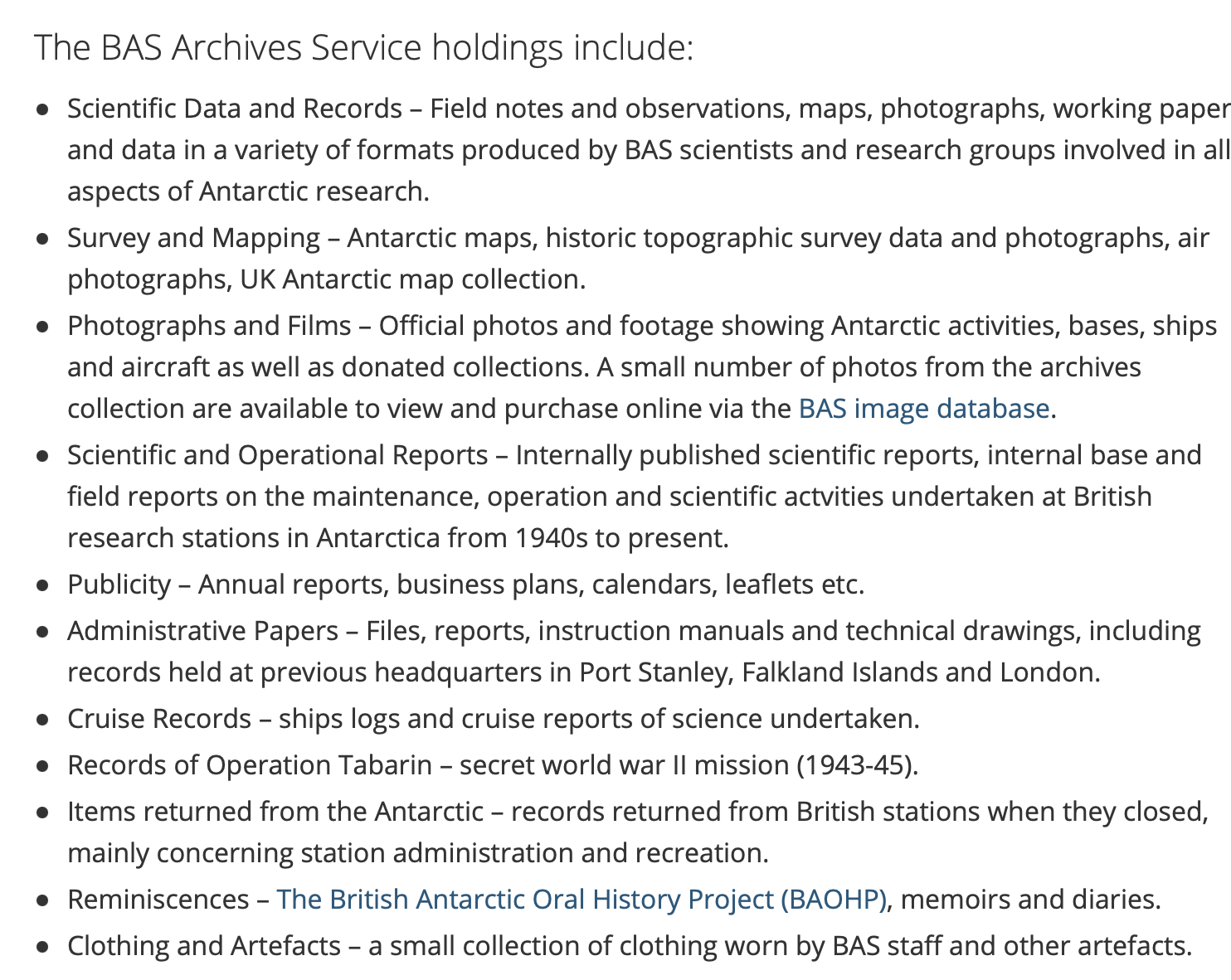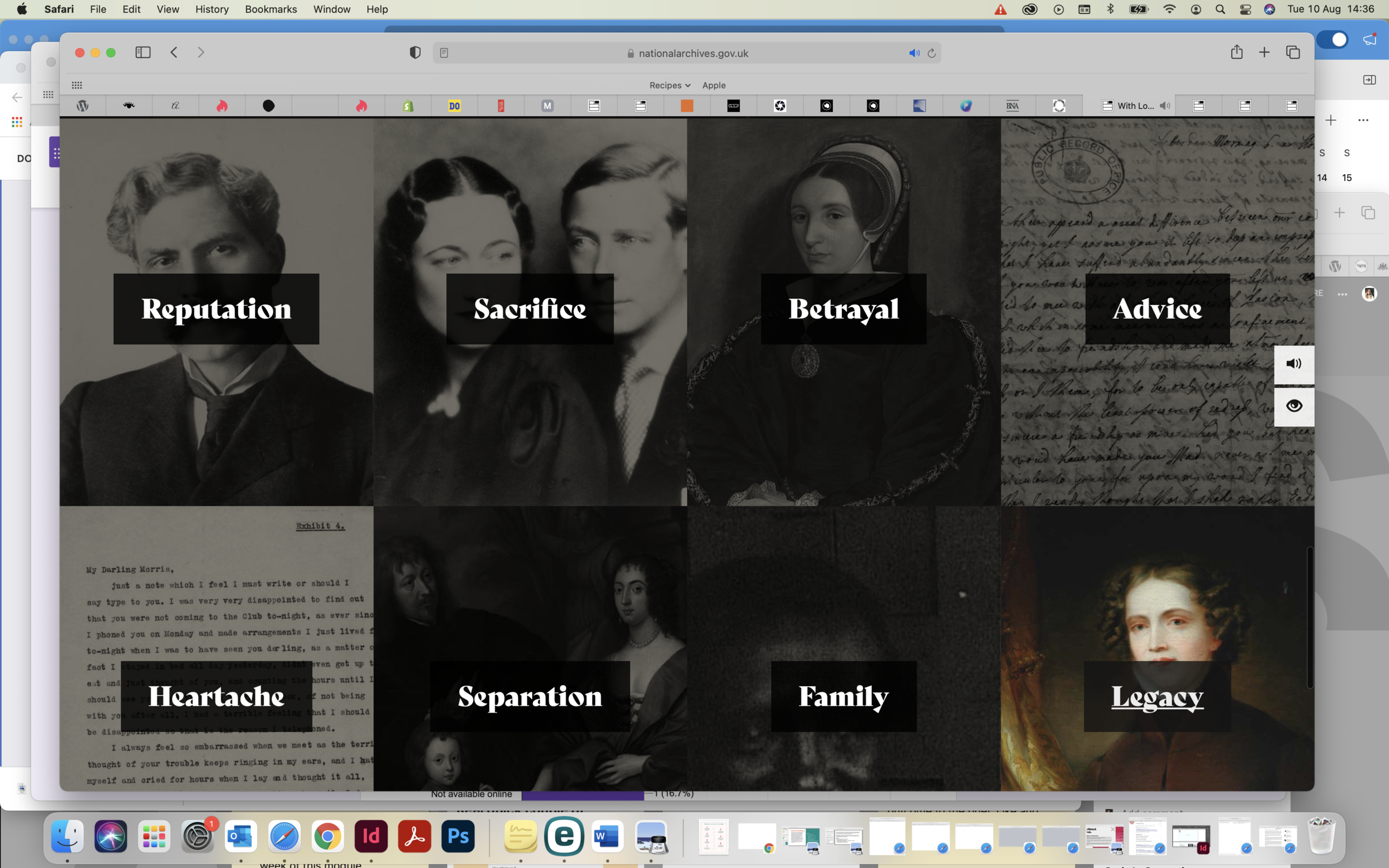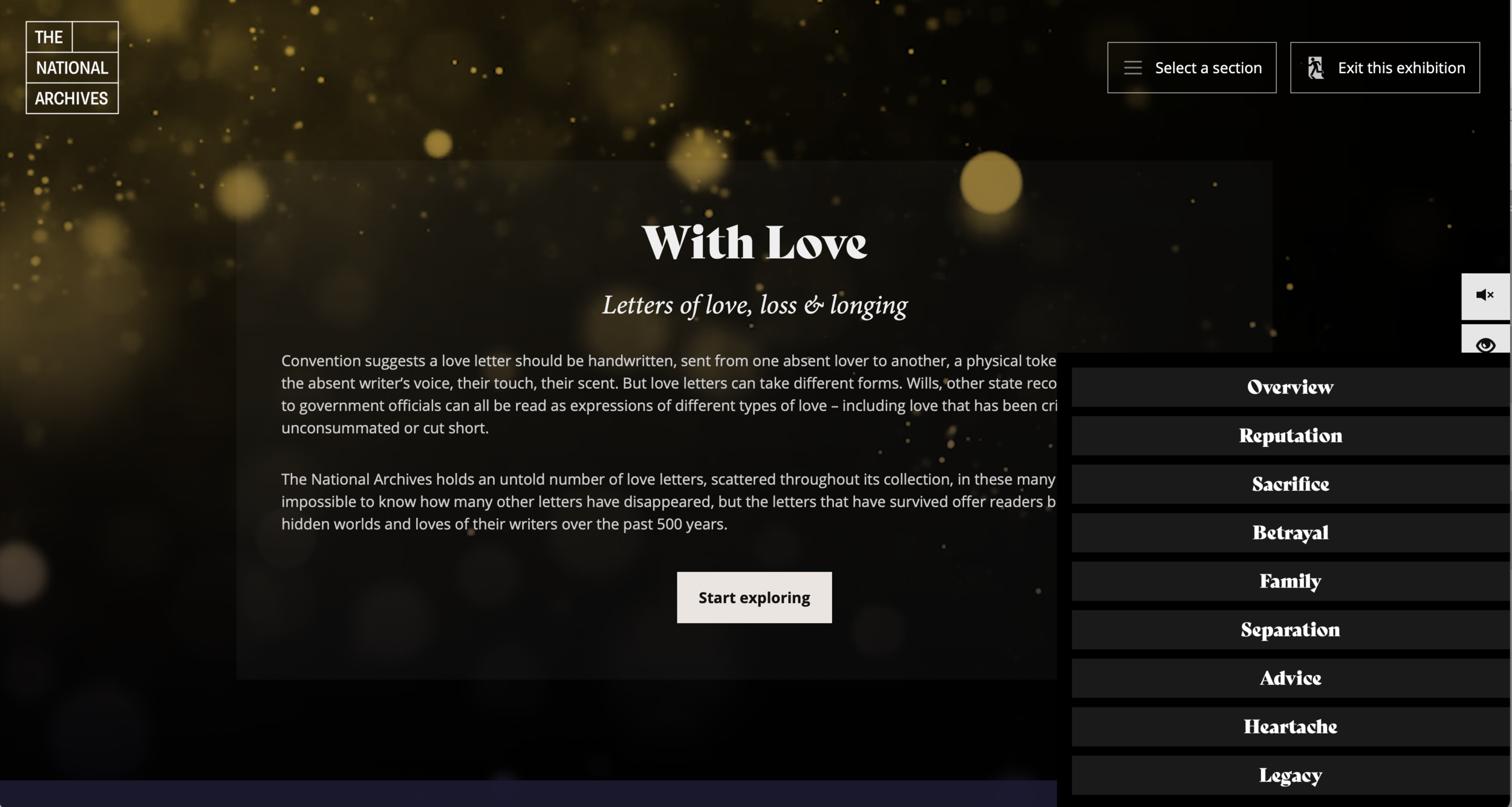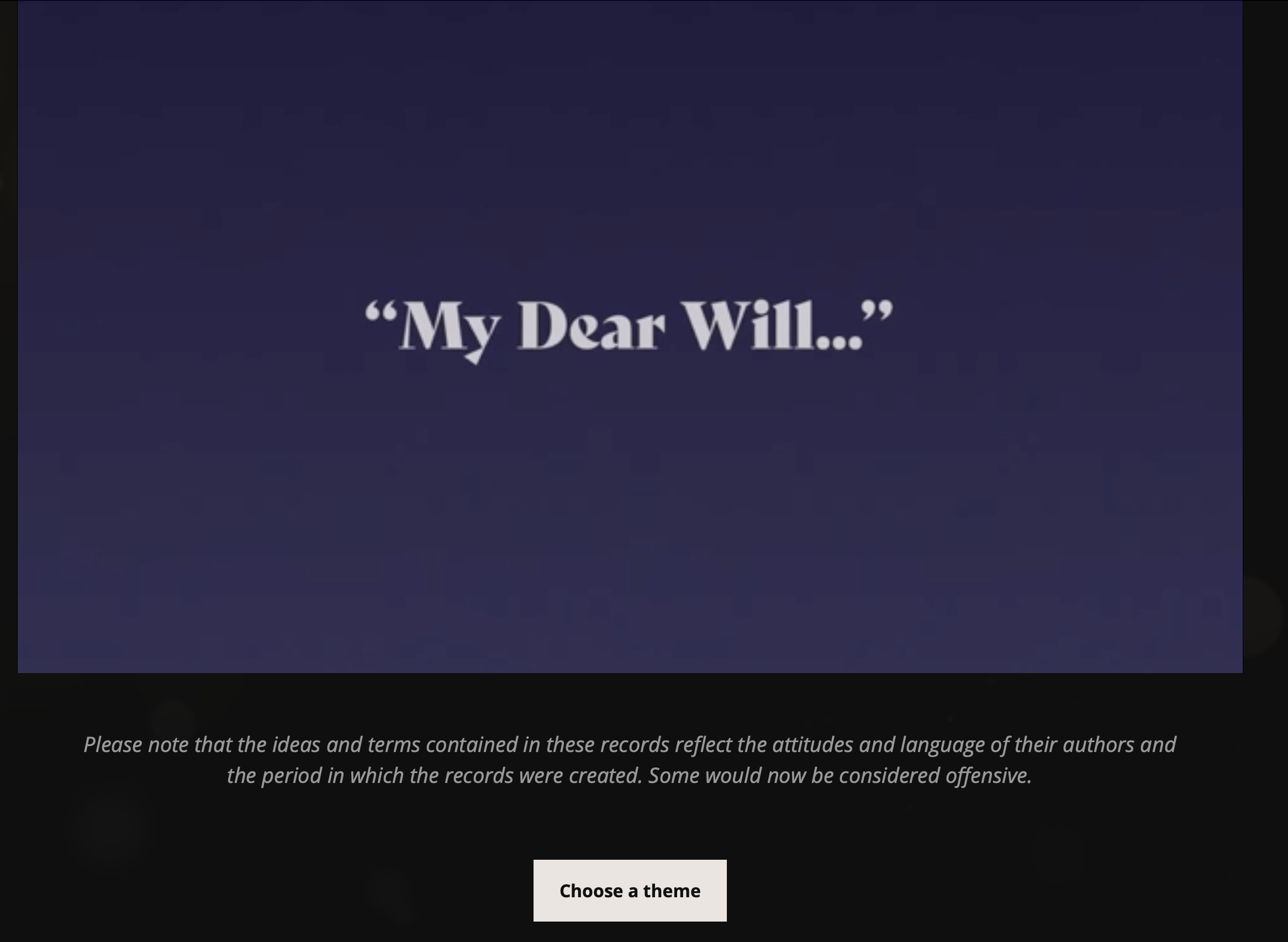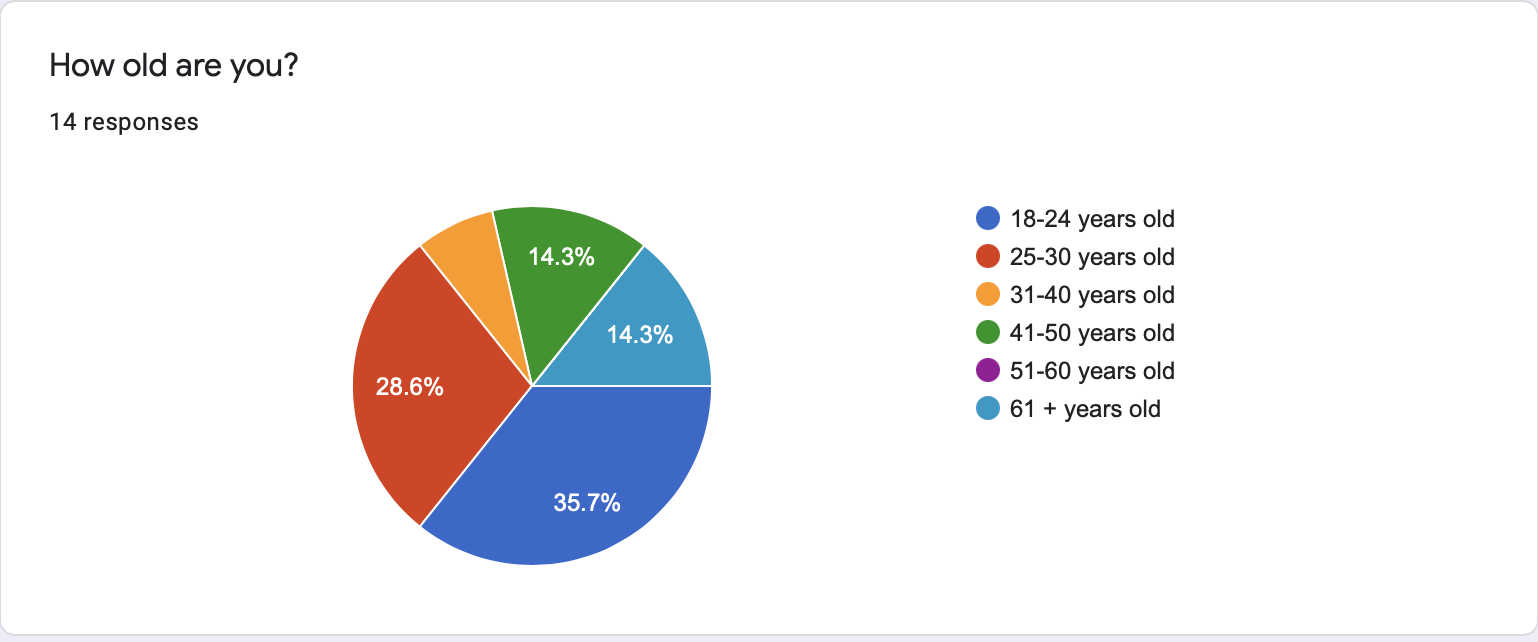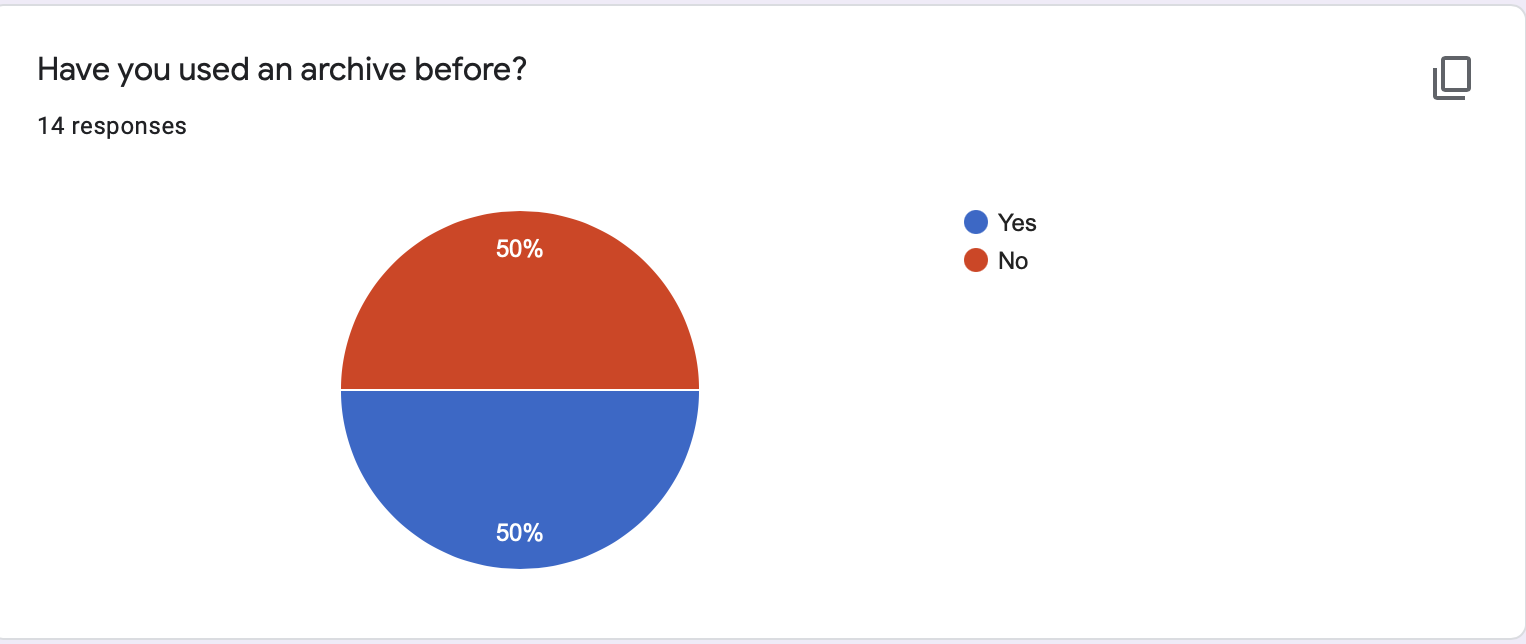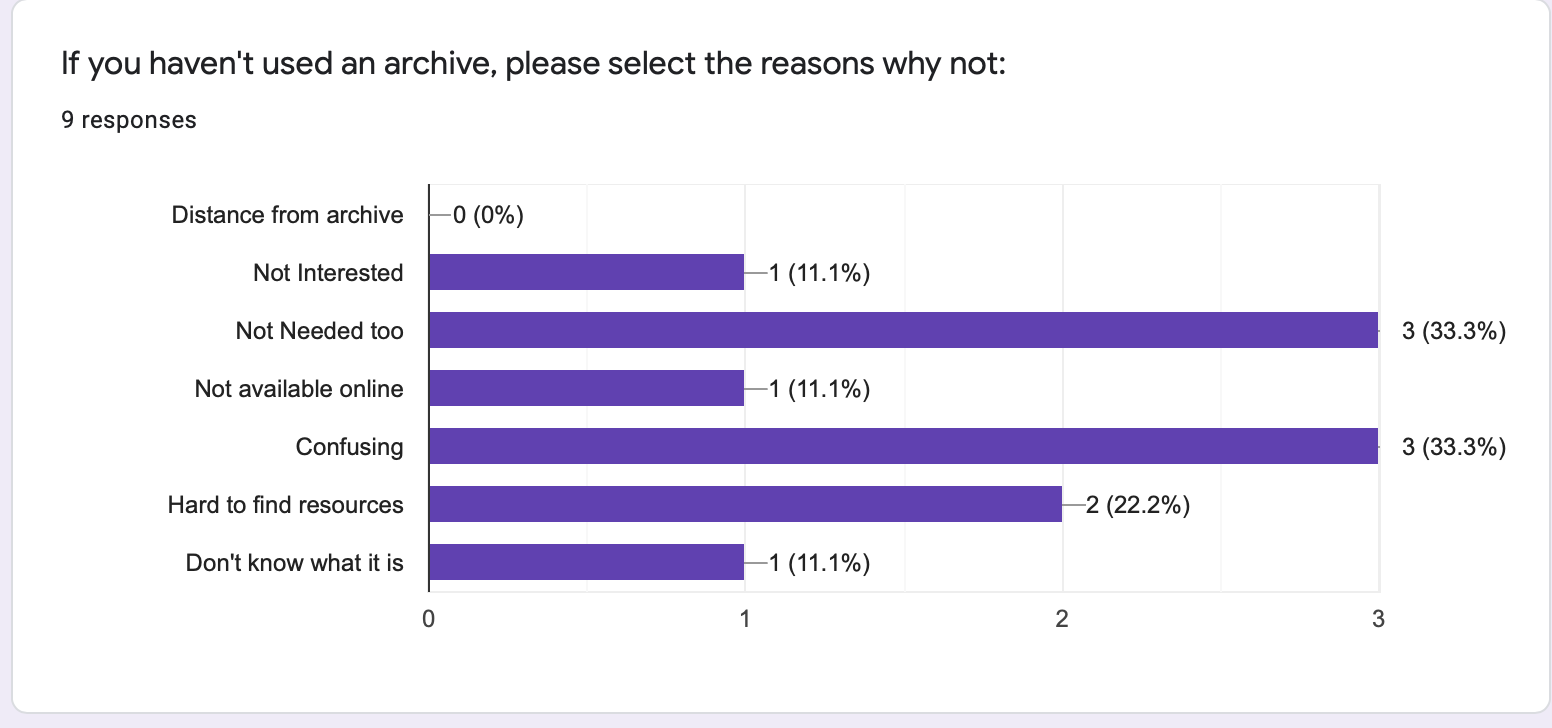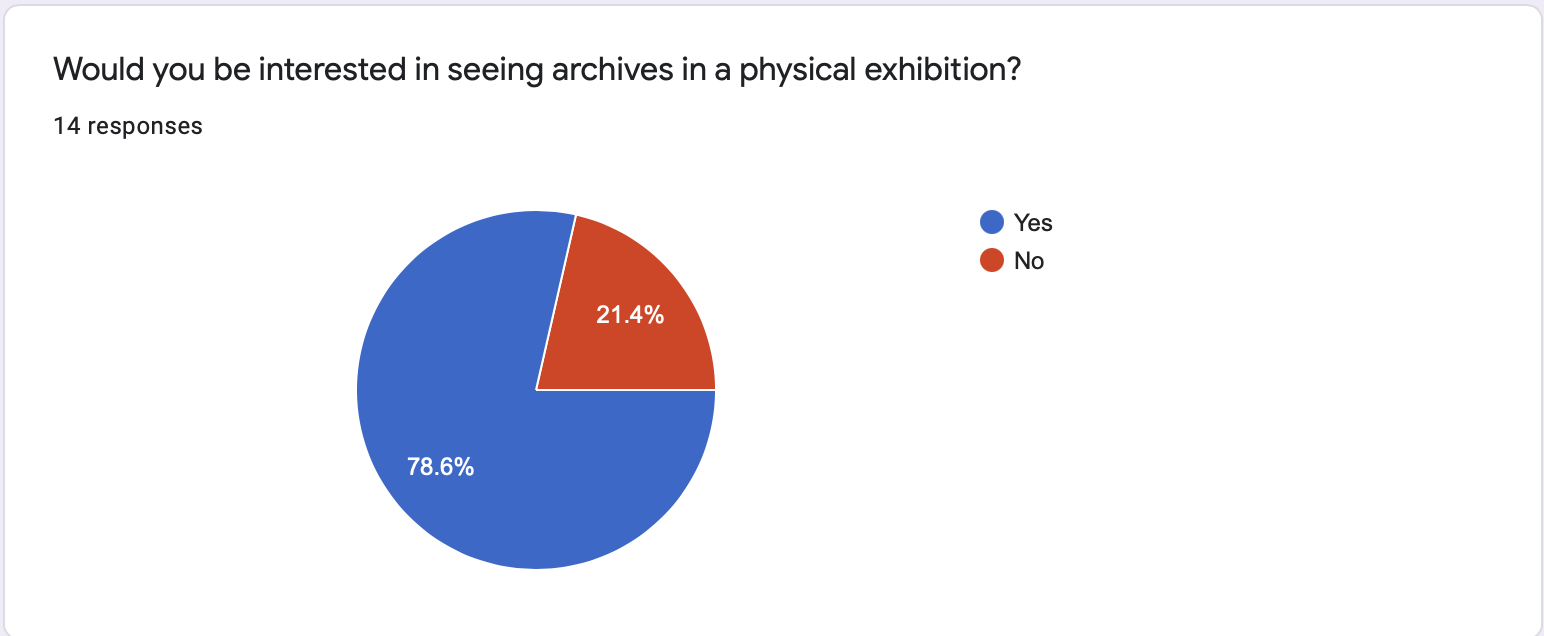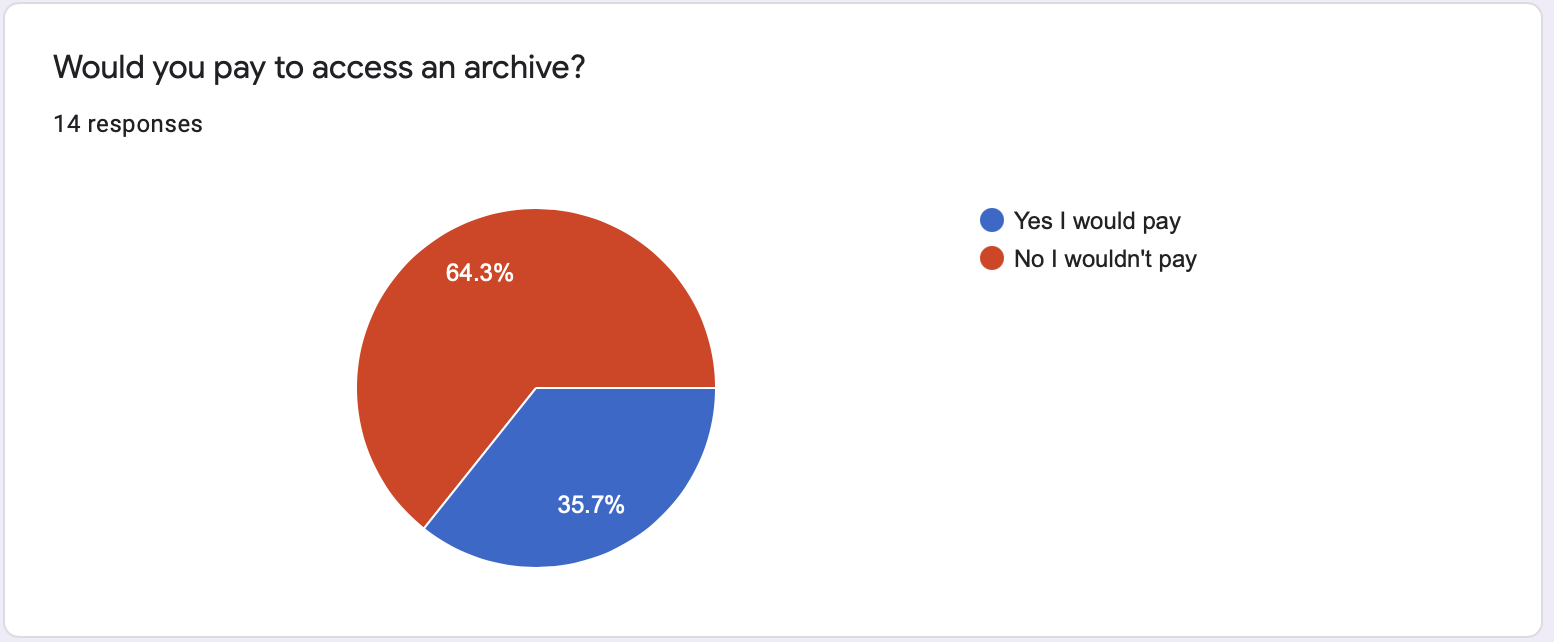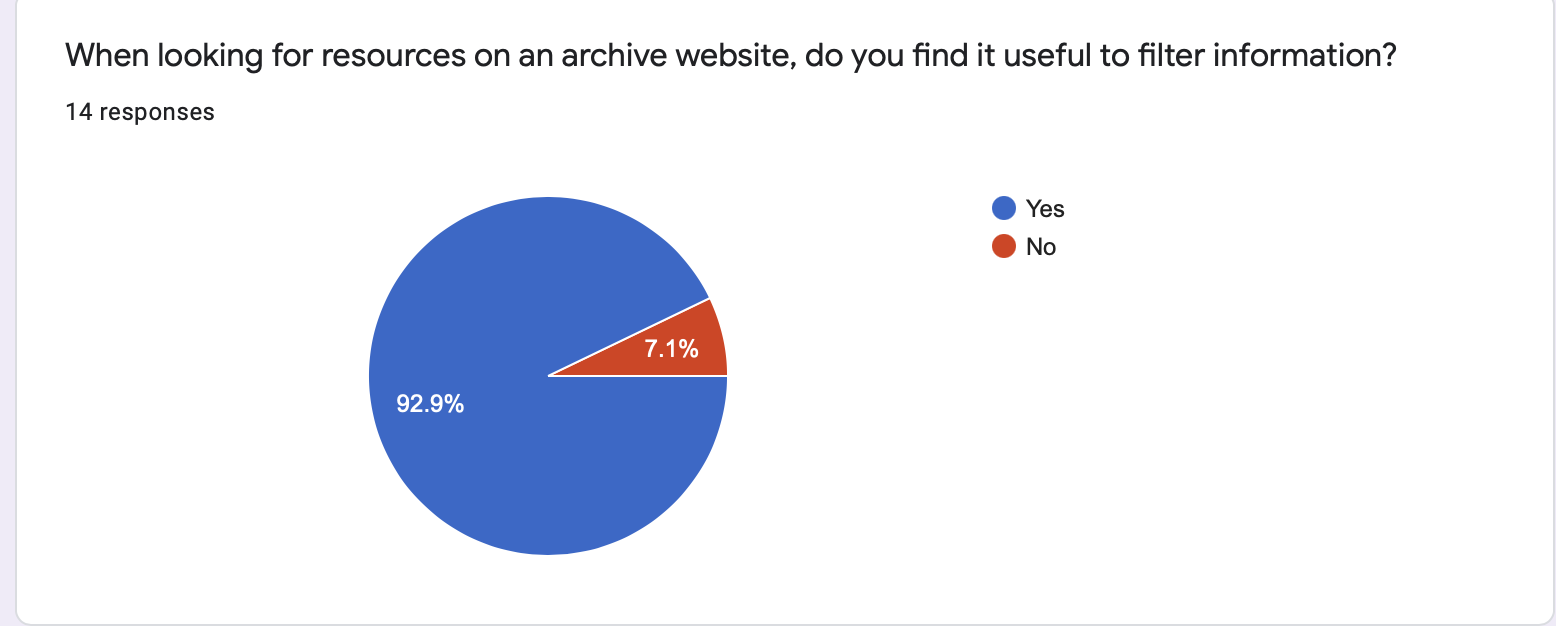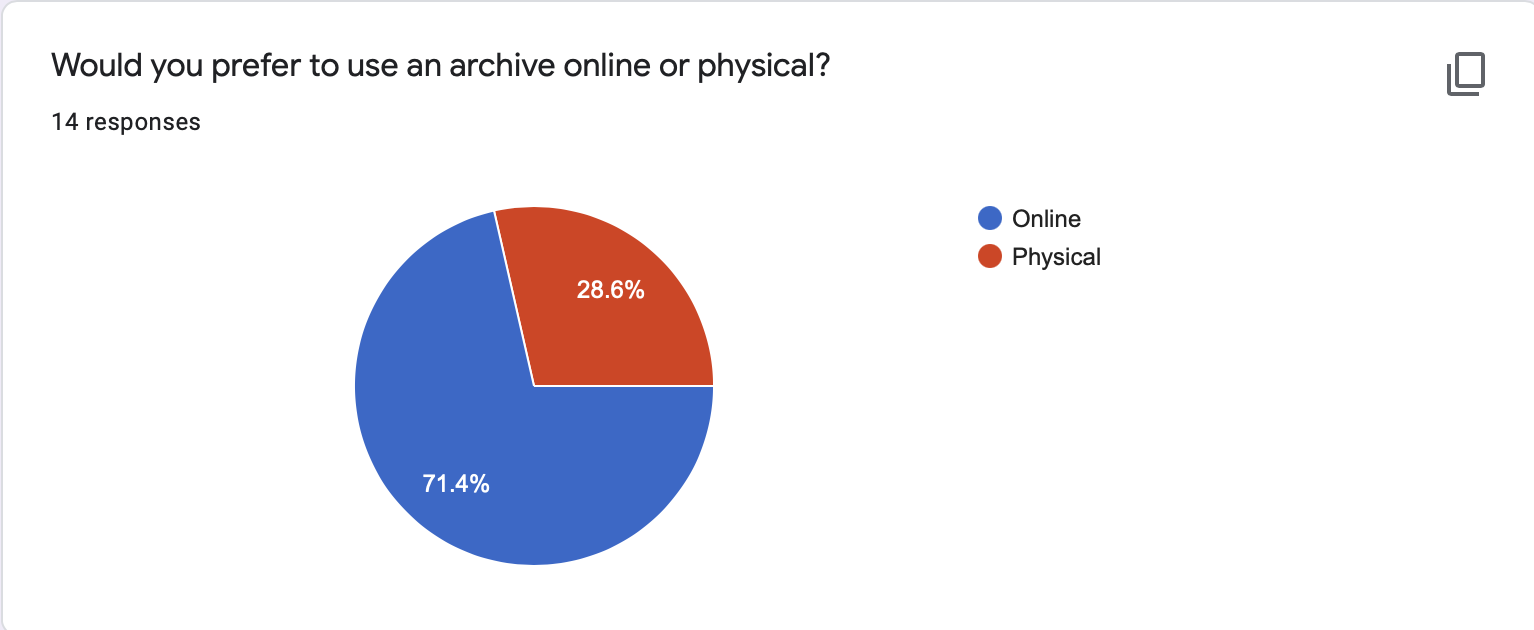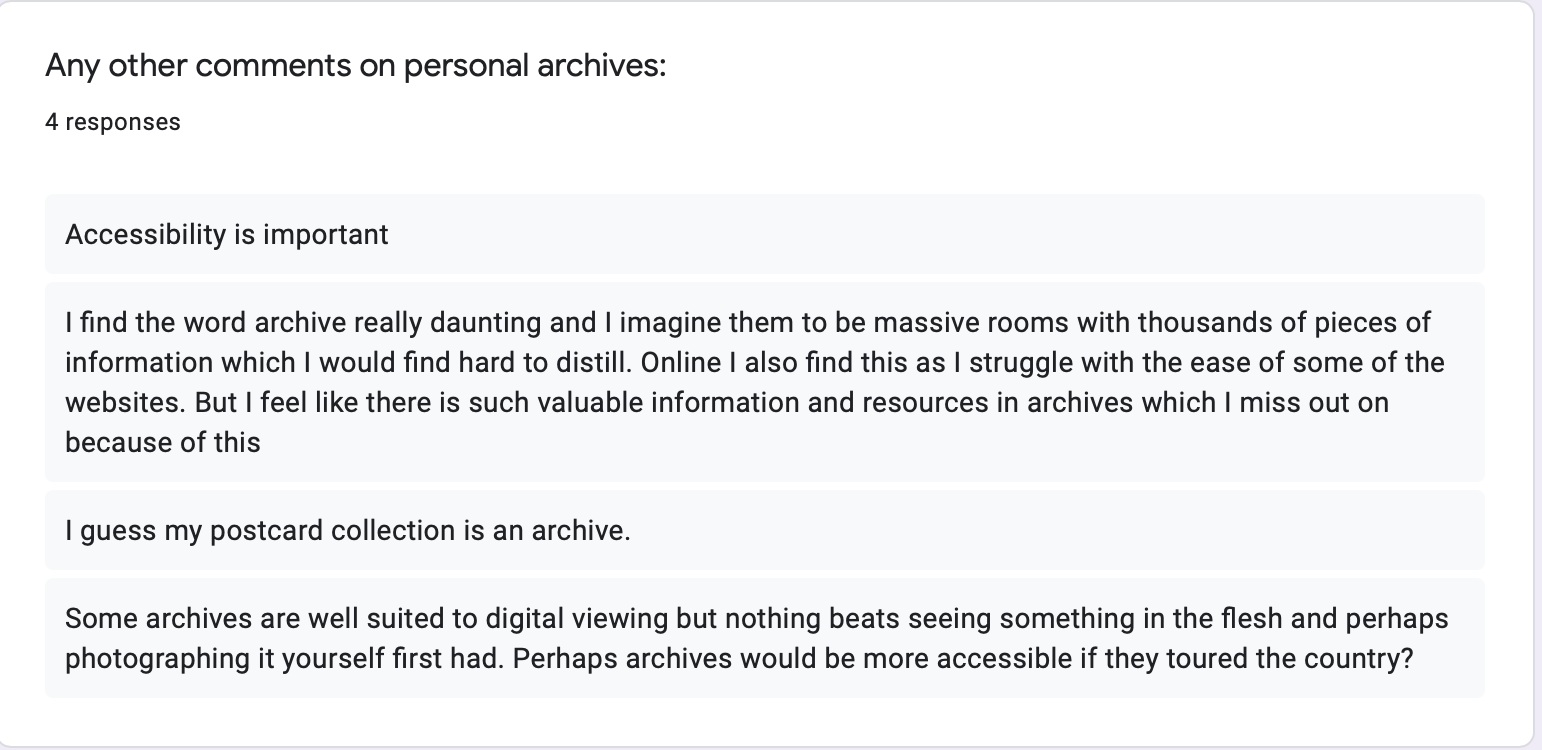Week Eleven
Lecture Notes:
Lecture Reflection:
Within the lecture this week by Dan Parry, it was mainly about the business elements to creating a product / design. I feel I slightly underestimated this when coming up with my ideas last week, so may have to rethink the ideas for this week. I found the lecture really useful to understand about the audience and how they are having a huge impact on the product and how successful it is. I also thought it was useful to have him talk through not asking too many leading questions, whilst doing face to face questionnaires gets you the best results by looking at facial expression. I also never really thought about the marketing side as well as the competitive analysis before. This would allow me to see what the competition is as well as getting people engaged with the product.
The useful links;
Hot Jar -
SWOT Analysis
Similarweb.com
Parry spoke about the SWOT analysis within the lecture and I feel this would be useful later on to help analysis my idea as well as the competitors.
Resource Notes:
Resource Reflection:
This resource Young, A., (2011). Brand Media Strategy – Planning in the Digital Era, was super helpful in understanding about the marketing side of the idea. Giving a lot of useful hints and tips especially focussing on the outcomes not outputs of chapter 4. This chapter went into details about why we advertise and how to break down the business goals to help achieve positive marketing outcomes. I also felt that Chapter 13 was really useful when looking at the data and how different data is now processed. Due to Parry talking about questionnaires and what to do with the answers to those, I found this helpful to look at to understand how technology has changed the way that we process data as-well as using the data to predict consumer behaviour improving how we engage with the user.
Research:
Market Research – Revealing Gaps, Targets and Audiences for a New Product or Service Idea
Market Research
https://www.hotjar.com/blog/market-research/
This article is written by Louis Grenier on behalf of hotjar. Within the article, they discuss how hotjar’s CEOs previously tried to set up businesses but they failed because they didn’t have enough understanding of market research. Their main tips are to do market research early to understand what their consumers really wanted. I found this article really useful to understanding the basics of where to start with the business process. I found the following information the most insightful:
Market research is a set of techniques that is used to gather information and understand the target market. Market research is really important so you can understand your users and it gives you the why. Doing market research can help you keep ahead of the curve to beat assumptions, trends and best practises. The most common market research methods are online surveys, interviews, focus groups and observation.
Create simple user personas. Who are they, what is their main goal and what is their main barrier to achieving this goal.
Conducting observational research, record entry in field notes, capturing the what why and for whom.
Conduct individual interviews, act like a journalist not a sales person. Be curious ask why.
Analyse the data, this could be a customer journey map, flow diagram.
https://www.typeform.com/surveys/types-of-market-research/
Within this article on different market research, it talks about how to do market research differently. There are 8 different types of market research that are listed within the article.
Brand research - Brand awareness, brand loyalty, brand positioning, brand value. Mainly done through competition research.
Campaign effectiveness - evaluate the marketing messages that are meeting the right people in the right places. - Quantitive research.
Competitive Analysis - assess your competitors strengths and weaknesses. - Done by secondary sources.
Consumer Insights - tell you more about customers and what they do. Done by interviewing and social monitoring.
Customer Satisfaction Research - measures customers experiences. - Surveys and customer effort scoring measures.
Customer Segmentation Research - divide markets or customers into smaller groups or personas.
Product Development. - Improving a product or service. Conception, Formation, Introduction.
Usability Testing. - How customers use products in real time.
This was a really different way of approaching the market research compared to the first article above.
Importance of Market research
I was really curious about why so much Market research has to be done to launch a product which is why I came across this article. In the article, it explains how Market Research should never be under estimated. Some of the main points were making sure that you keep up with the market trends, defining the objectives of your market research, understanding the types of customer and how sometimes looking at published market research reports can be really useful in understanding. It is also mentioned that a lot of the time they are free which is really useful.
Audience Development and Marketing
Within this document, I found out about what audience development and the main tools of marketing are. Audience development is seen as an activity that helps develop relationships with new and existing audiences. Marketing is also defined as different methods which can involve advertising, media coverage, appropriate pricing, outreach work, distribution networks and using market research. It also listed the different things to why audience development and marketing are so important:
“understand your audience’s needs and preferences
focus on who you want to reach and how you will reach them
build deeper relationships with existing audiences, encouraging them to try new experiences or helping them to get more out of their experiences
reach out to new audiences, particularly people or communities you may not currently be reaching
where appropriate, involve the public in decision making about, for example, the issues they want to tackle through arts and culture, and the opportunities they want to see locally. You may also be helping people to create their own arts and cultural opportunities
help the public to make informed choices about the kinds of arts and cultural activities they want to attend, visit or take part in
identify how much it will cost to put your plans into action “
User Research
https://www.hotjar.com/blog/qualitative-vs-quantitative-user-research/
This article discusses the differences between quantitive and qualitative research as well as why user research is important. The following I found really useful:
“Quantitative research is designed to gather data points in measurable, numerical form. Qualitative research relies on the observation and collection of non-numerical insights such as opinions and motivations. Essentially, quantitative research gives you hard data, while qualitative helps you explore more in-depth ideas.”
User research can allow for conversion optimisation. This allows you to understand what your customers need, then this will allow you to have a better idea on what to place and test when.
Site redesigns can be a huge risk and often this means that some users can get lost or confused.
Quantitative methods for research:
Technical Analysis
Digital Analysis
Mouse tracking
User testing
Qualitative research methods:
Heuristic analysis
online surveys
user testing
I feel for this weeks workshop challenge I should choose 1 Quantitative method and 1 Qualititative method which should enable me to understand the user research.
Product Development
https://www.shopify.co.uk/blog/product-development-process
Also due to this weeks workshop challenge, I wanted to understand the development process a bit more. I came across this article, with this super helpful diagram:
The article also has some really helpful information which i will write notes about below:
Idea Generation
“The SCAMPER model is a useful tool for quickly coming up with product ideas by asking questions about existing products. Each letter stands for a prompt:
Substitute (e.g., faux fur for fur)
Combine (e.g., a phone case and a battery pack)
Adapt (e.g., a nursing bra with front clasps)
Modify (e.g., an electric toothbrush with a sleeker design)
Put to another use (e.g., memory-foam dog beds)
Eliminate (e.g., get rid of the middleman to sell sunglasses and pass the savings on to consumers)
Reverse/Rearrange (e.g., a duffle bag that doesn’t wrinkle your suits)”
Research
“Talking about your idea with family and friends
Sending out an online survey to get feedback
Starting a crowdfunding campaign
Asking for feedback on forums like Reddit
Researching market demand using Google Trends
Launching a Coming Soon page to gauge interest via email opt-ins or pre-orders”
Planning
Consider how it might look, the components of the category it might sit into. Packaging labels and overall quality of your materials should be considered as well.
Prototyping
Sourcing
Costing
Commercialisation
Gap in the Market
https://www.howtodiyeverything.com/how-to-find-a-gap-in-the-market-3-strategies/
I also just want to clarify what a gap in the market was, which is defined as an existing demand with no corresponding offer. To be able to find the gaps in the markets within this article its suggested to do one of the following:
Painspotting
Take advantage of customers anger, think about the poor service or something that you are outranged about
Copy-Cat:
Probably already a business like this. How can you differ from this company?
Blue Ocean Strategy
dodging competition and opening up a new demand. Creating a new market that your customers did not know of yet.
Gap in the market with positioning cross
The below diagram can help find a gap in the market.
Workshop Challenge:
How can you ensure a business / creative idea is targeted and researched to maximise potential?
Select one of your ideas from the previous week and develop a clear business outline of your intended audience outlets for distribution or purchase.
You may need to evolve aspects of the proposition, and ensure there is a clear objective for the next stages of development.
Your output will include product development, research insights and production challenges; all of which will come together in the final week of this module.
Upload the artefact and evidence of any development undertaken (this might also include brand names and approach to the product’s story), and include a one page report outlining research, insights and development challenges.
Upload a visual representation of the artefact and evidence of any development undertaken (this might also include brand names and approach to the product’s story) in the format of your choice.
Design and communicate a clear business outline for your selected idea and your intended audience outlets for distribution or purchase. Include product development, research insights and production challenges in a one page report.
For this weeks workshop task, I decided to choose Idea One from last week which as the following:
“The changing world - A collaboration with my granddad who used to travel the world taking pictures as-well as being a meteorologist. He always has an interesting perspective on global warming as-well as taking stunning pictures. I feel this could potentially show people how climate change is happening in front of us.”
After having a tutorial with ben and talking through my ideas, I came to the conclusion that I wanted to create an archive as my artefact. This way I could take the archive and create different installations or events with the archive in the future. I wanted to get the thoughts of others, So I posted on the ideas wall:
From this, I realised that I needed to think about whether the archive would be online or physical. I also needed to think about how to categorise the archive so that it would be interesting for others.
I also realised that the archive would be aimed at different audiences depending on whether it would be online or in person.
Archives
I started of by looking at the met office archive, I learnt from this that they seem to categorise by the event that happened like rain or wind or lightening strike which was very helpful to understand and know!
https://library.metoffice.gov.uk/Portal/Default/en-GB/Search/SimpleSearch
I then went onto look at other archive sites, including the national archives where i found this really helpful document on an introduction to archives for non-archivists.
Within this document about an introduction of archives for non archives these were the main points that I took away:
specialist archives
local archives
they provide evidence of events that happened in the past
valuable sources for research
Risks that are involved with keeping physical archives
flooding
fires
theft
listing and categorisation
improving storage
providing access
storage environment
guidance for beginners
Climate Visuals
I also found this website that allows people to upload images like a huge archive, which i thought was really inspiring, within this website there was also an article on whether photography is enough to communicate climate change, which is what my archive would predominately be about.
https://climatevisuals.org/is-photography-sufficient-to-communicate-the-climate-emergency/
This then led me to look at other environment research websites which is when I found the BAS, British Antartica Survey and they have an archive, which was really interested to learn about how they categorise their work but also what they have within their archive too.
https://www.bas.ac.uk/data/our-data/collections/archive-collections/list-of-records/
Overall I feel that this research allowed me to see how other archives were laid out but also why archiving is so important especially within the world today at telling stories. I have also learnt about how powerful photographs can be within an archive.
Previously done Market Research
From the research that I did earlier in the week, I came across one document that spoke about using market research that had already been done. I found some old ‘archive’ facts on the national archive website, although they are 10 years old now they hold the basics of some of the information that is needed.
This particular archive of a discussion of archive had the following information:
82% of archive users believe archives contribute to preserving our culture
72% of users believe that archives help towards strengthening family and community identity
66% of user feel that archives provide opportunities for learning
99% of users find staff friendly and helpful; 98% say that they are knowledgeable50% of visitors to archive services live within 20km of the archive, but another 25% travel from a distance and use other local facilities or stay overnight in the vicinity
archives attract new users, over 20% have never visited an archive before almost half of users are over 60,
3% of users are under 24
Only 0.4% of visitors are under 16
Only 2% of visitors are of non white ethnicity 12.5% of visitors are people with disabilitiesNearly 70% of users have internet access and are confident using new technology
From all of the above I have come to the following conclusions:
There is a low number of people that use archives under the age of 24
A lot of people visit physical archives.
70% of users have internet connection and are confident using new technology
A lot of over 60 visitors
People that live near the archive are more likely to go
A lot of money go into preserving the archive
Archives Project
Whilst researching on the national archives website, I came across one of the projects that they have been working on to show case some of the archives they have which is called With Love. With love is a project that looks at hand written love letters that have been taken from different parts of different collections within the national archive. What i was most interested by was their way of dividing all of the love letters in to categories. I really enjoyed having a look through the categories and exploring what was within this website.
https://nationalarchives.gov.uk/with-love/exhibition/#section-two
Questionnaire
After the research of the archives, I wanted to ask some simple questions to help me get the basics of archives. I started doing this survey on Typeform, but quickly realised when the results started coming in there was a 10 response limit! So then quickly changed to using google forms. Below you can see the layout of the survey on Typeform which i then transferred to google forms:
The questions were as follows:
How old are you?
Have you used an archive before?
If you haven’t, please select why
would you prefer to use an archive online or physical?
Do you find it useful to filter information
would you pay to access an archive
would you be interested in seeing archives in a physical exhibition?
Any other comments
The results
I had 14 responses to my survey from varied ages with varied responses.
Combining these results with the results that I found from a previous market research on Archives I have come to the following conclusions:
People aren’t willing to pay to have access to archives
People find big archives confusing
People like the idea of seeing something physical
People find it useful to filter results into categories
Younger people are less likely to use archives / be interested
Information may be stolen if placed online
If I was to then do further research, I would do another survey to look at whether people would be interested in hearing stories about climate change and visual references.
SWOT Analysis
At this point in my project, I feel that I had enough information to perform a SWOT analysis that was pointed out within this weeks lecture.
I feel that this has now allowed me to be able to start writing the sections of the visual report:
Project concept:
Archived Stories is an online archive, that shares stories of how the world is changing from unique perspectives. Starting with stories from my grandfather who was a meteorologist as well as becoming a passionate photographer. He travelled to different countries taking photos and talking to different people, this combined with his knowledge of weather and climate change means he has very insightful stories from his life.The archive will be categorised by weather and climate to enable the stories from my grandfather to run smoothly. I hope that this would give a visual perspective to people of how the earth is changing, which sometimes we are unable to see for ourselves.
Name of the project:
For this project I wanted to choose a name that could be easily adapted if I wanted to expand the business and have more stories from different inspirational people. This is why I decided on Archived Stories, which i feel summaries the concept.
Intended Audience:
I feel this project would be for any age, who would be interested in the stories of the changing world. Anyone who had an interest in visual stories as well as climate change.
Product Development:
To develop this project further, I will extend the online archive to other inspirational people that have an insightful view on our changing world. With all of these archives stories online, I feel there needs to be a physical aspect that comes next. These stories could then be created into immersive installations, exhibitions and publications.
Engagement:
I am hoping that people will engage with the archive online as well as when the archive moves forward to touring the country in exhibition and other physical publications. People can learn and understand how the planet is changing through visual imagery and stories. The aim of this is to create an impact that makes people want to change their habits to allow for a brighter future of our planet.
Funding:
I have come to the conclusion that I do not want to charge people to have access to Archived Stories, allowing it to be accessible for everyone. This means to be able to fund the project, I will initially start a kickstarter campaign to enable the website to be launched. After this, I am hoping the campaign will create interest and I will be able to partner with the National Archives or an art gallery which will allow for expansion of the project.
Next Stages:
- Collating all the stories and photographs together
- Working with my grandfather to make sure that it’s told in his way.
- Designing the online website
- Kickstarter Campaign
- Business Plan
- Presentation proposal for partnerships
Research Insights:
To gauge interest in the project, I conducted an online survey which was mainly focussed on idea of archives. I mainly sent this to family and friends, as this would allow for a broad range of answers in return. The main highly for me was how majority of survey participants haven’t used an archive especially within the younger generation as well as the need for the archive to be online and accessible for all. This highlights for me that I need to show within this project about how simple archives can be to use and understand. To come to a full conclusion, I would need to conduct more research on different areas within the project, including understanding how important photographs are to understanding climate change.
Production Challenges:
Collating all the information such as stories and images together so they match from the same time / year.
Making sure that the stories are clear with their messages.
Getting donations on kickstarter to be able to start the project.
Putting the website together so it’s clear for all users of all ages.
Getting people to engage with the archive.
Making sure that there is enough marketing of the archive to ensure engagement.
Creating a coherent business model that would allow for expansion.
Reaching out to companies to talk about potential partnerships.
Not giving up and remembering the reasons for starting the project in the first place.
How is my project an authorship?
I would say that my project is an authorship as I’ve always had an interest in taking stories and bringing them into the present, as I have done with previous modules. I also have a huge passion, as a creative gen z, for climate change and I feel it’s up to us to show people why we need to change our ways, which through this personal project to me, I feel I am able too. Then finally this is a personal project with my granddad, who I have taken inspiration from for years, this is just one way that I could give back to him.
Weekly Reflection:
This week has been really enjoyable for the whole process of learning about different ways to think about an idea and how to market research and develop the idea. I feel I have learnt more about authorship this week and how to take my idea and delve deeper into the research as well as understand how to make it into a business plan. I feel I definitely chose the right idea from last week to develop and I feel this has a really good connection to the current climate change as well as the personal connection of it being my granddad. I feel the project has a lot of scope to expand in the future.
